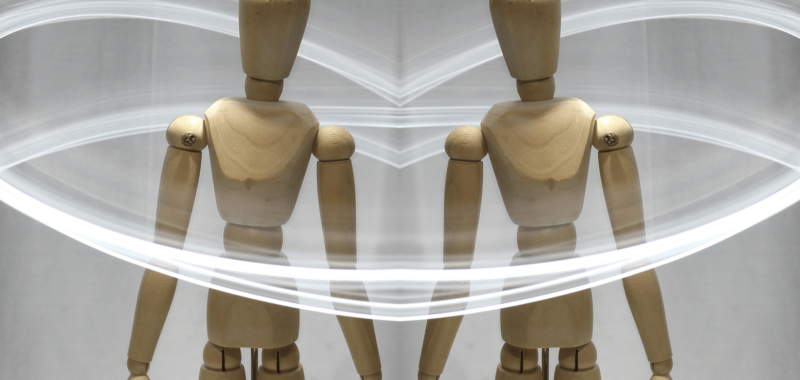Body swap stories never seem to go out of style—particularly in films and on TV—and they crop up in basically every genre. The concept is the basis of family-friendly comedy franchise Freaky Friday, Pixar’s animated Soul (2020), and horror flick Freaky (2020), and also pops up in various TV shows, from The X-Files’ “Lazarus” and “Dreamland” to Community’s “Basic Human Anatomy.”
But the books and short stories on this list aren’t just about body swapping, they’re about body hopping—à la Futurama’s “The Prisoner of Benda” and the live-action movie version of Scooby-Doo (2002). Instead of focusing on just two characters switching bodies, these narratives feature people, aliens, and an artificial intelligence which are capable of hopping from body to body—sometimes in full control of the host and sometimes more as a passenger. Just like their onscreen counterparts, these stories also slot into various different genres, from horror to a whodunit…
The Lives of Tao (2013) by Wesley Chu
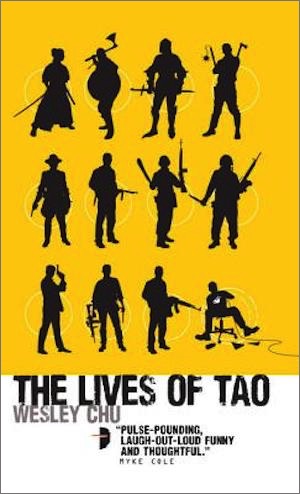
Roen Tan isn’t particularly satisfied with his life when he suddenly starts hearing a strange voice in his head. It turns out that an alien called Tao has hitched a ride in his body and now Roen has been drafted into an alien war that he had no idea was even being fought. Roen wouldn’t have been Tao’s first choice of host, but ethereal aliens in need of a body can’t be choosers.
Millions of years earlier, the Quasing crash-landed on Earth, but their nebulous forms couldn’t withstand the atmosphere, so they took up residence in the bodies of animals. Their mission is to get back to their home planet and humans—with their ability to create technology—offer them the best chance of achieving their goal. But the Quasing have split opinions on how to treat humanity and the two factions have been fighting for centuries.
The Lives of Tao is a lighthearted zero-to-hero story filled with martial arts and thrilling shootouts. Although there are definitely advantages to having a personal Mr. Miyagi/Yoda/insert-your-favorite-training-mentor-here in your head, I’m certainly glad it wasn’t my life that Tao hijacked.
Mal Goes to War (2024) by Edward Ashton
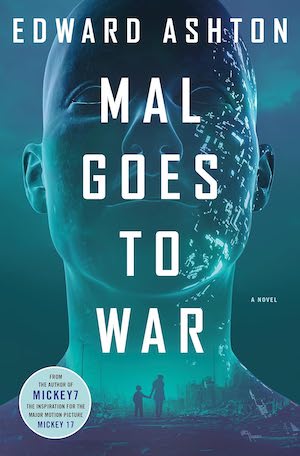
Mal Goes to War is set in a future where technological advancement has plunged humanity into war. On one side are the Federals, who are happy to modify themselves with tech, and on the other are the Humanists, who reject augmentation. Detached from all of this is Mal, a sentient A.I. who lacks a body but can inhabit basically anything that’s computerized—be that an augmented human or a smart fridge.
Mal is jumping from host to host while scouting for salvage after a battle when he’s cut off from infospace (essentially the cloud) and becomes trapped in the recently deceased body of a cyborg. Not only can Mal not get out of his current host, but he’s also stuck alongside their ward, a heavily modified girl called Kayleigh.
Mal and Kayleigh may not want to join forces—or the fight—but they both need to get out of the war zone and so they set off together on a fast-paced adventure that is told with all of the dark humor expected of an Edward Ashton book.
The 7 1/2 Deaths of Evelyn Hardcastle (2018) by Stuart Turton
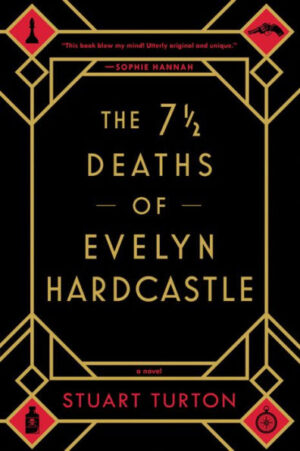
The 7 1/2 Deaths of Evelyn Hardcastle isn’t just a body hopping story, it’s also a time loop murder mystery. Aiden Bishop is trapped at Blackheath, a grand manor house where a huge party is being held. His freedom depends upon solving the imminent murder of Evelyn Hardcastle, who will be killed during the party. Bishop is given eight days, over which he will find himself in the bodies of eight guests, to solve her murder and if he fails, he’ll be right back to square one with a wiped memory.
Classic murder mysteries aren’t really my thing, but add a sci-fi element to a whodunit and I’m right there. Along with trying to figure out who murdered Evelyn by navigating the advantages and disadvantages that come with each of the hosts—Bishop isn’t entirely in control thanks to the lingering personalities of the people he’s inhabiting—there’s also the mystery of what/who exactly is facilitating this whole setup.
Did I always know exactly what was going on with all of the characters and story threads? Absolutely not, but that might not be an issue for a seasoned murder mystery reader. Plus, the ending was definitely worth it.
“The Safe-Deposit Box” (1990) by Greg Egan

The unnamed protagonist of Greg Egan’s “The Safe-Deposit Box”—which you can find in his short story collection Axiomatic (1995)—leads a very stressful life. Each morning, he wakes up in a new body, but with absolutely none of the person’s memories, leaving him to blunder through the day as best he can, before starting the whole process over again.
A few things about his body hopping do remain consistent: he’s always male, always the right age, and always within the same geographic area. These parameters stop the protagonist’s sense of self from disintegrating entirely, but his existence isn’t exactly easy. It’s a fascinating concept and Egan executes it with philosophical flair.
Also, for any Your Name (2016) fans out there, writer and director Makoto Shinkai has said that Egan’s short story was one of the inspirations behind his body swapping film.
“The Things” (2010) Peter Watts
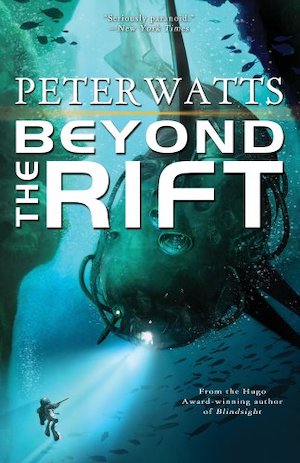
(Collected in Beyond the Rift) You know how Stephenie Meyer wrote a version of Twilight (2005) from Edward’s perspective? Well, “The Things” is a little like that, but instead of being a romance story from the POV of the vampiric love interest, it’s a horror story from the POV of the terrifying shapeshifting alien from John Carpenter’s The Thing (1982).
In body hopping stories, the hopping entity often doesn’t damage the host’s body, but in The Thing—which is based on John W. Campbell’s novella Who Goes There? (1938)—the alien that is doing the hopping fully deconstructs the host. Peter Watts’s short story follows the otherworldly creature as it learns about humans—and of course, in its eyes we’re the weird ones, hence the title—after crash landing in Antarctica.
“The Things” and The Thing offer different types of horror, with the latter focusing on visual body horror and the former tapping into existential dread. Sure, the shapes that the invading alien twists people into may be unnerving to look at, but “The Things” takes the psychological horror of the film and expands it, giving the reader a disturbing insight into the mind of an alien that doesn’t understand individuality and ruthlessly plans to bend humanity to its will.
Be they about one-time swaps or multiple hops, I hope you’ll recommend your own favorite books, novellas, and short stories that utilize this sci-fi concept in the comments below…

